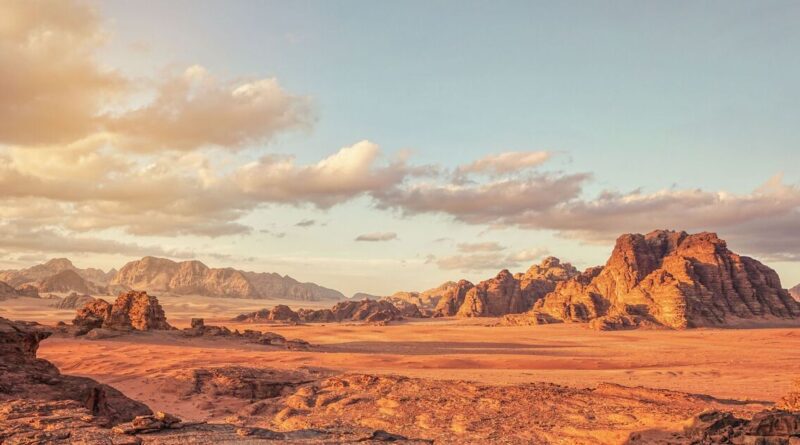The world’s largest desert is way bigger than the Sahara | World | News
Almost all of the Antarctic land mass is covered by a permanent ice sheet – but it is also the largest desert in the world.
Observers would not usually place the ice-covered landscape of Antarctica and the hot sand dunes of the Sahara in the same category. When people think of a desert, they often think of scorching sun, sand dunes, cacti, and snakes.
However, the only criterion necessary to be classed as a desert is the amount of precipitation. Any region that receives very little rain, snow, mist, or fog is classified as a desert.
The average yearly rainfall at the South Pole over the past 30 years is a tiny 10mm (0.4in).
The Antarctic Penisula coast occasionally receives some snow and rain, but the McMurdo Dry Valleys in East Antarctica receive none. Scientists believe that some parts of the Dry Valleys have not seen snow or rain for some 14 million years.
What deserts also typically share in common is a barren landscape that makes it difficult for plants and animals to survive.
Like the Sahara, there is almost no vegetation in Antarctica. The animals that live there are mostly carnivores, such as penguins, albatrosses, whales, and seals that feed on the abundant sea life in Antarctica’s waters.
At 5.5 million square miles, Antarctica is by far the largest desert, since it spans the whole of the southernmost continent. That’s around the same area as the United States and Mexico combined or 62 times the size of the UK.
The second biggest desert in the world is also a polar landscape, as the Arctic Polar Desert spans 5.3 million square miles.
Both of these polar landscapes are bigger than the three largest hot non-polar deserts combined. The Sahara is the largest hot desert 3.5 million square miles, followed by the Arabian Desert (800,000 square miles) and the Gobi Desert (500,000 miles).
Antarctica is also the coldest desert on Earth and has reached temperatures as low as -89C. The average temperature is around -35C.
Meanwhile, the Sahara is on the opposite end of the temperature spectrum, with summer temperatures reaching over 50C.
The continent is mostly made up of ice flats, with an average ice thickness of 1.5 miles.
Around 90 percent of the world’s freshwater is locked up in Antarctica’s permanent ice sheet. If Antarctica’s ice melted, global sea levels would rise about 60 m (200 ft).
However, climate change continues to wreak havoc on the southernmost continent. Earlier this month, scientists revealed that ground temperatures across Antarctica have soared an average of 10C above normal over the past month. This is close to a record heatwave.





